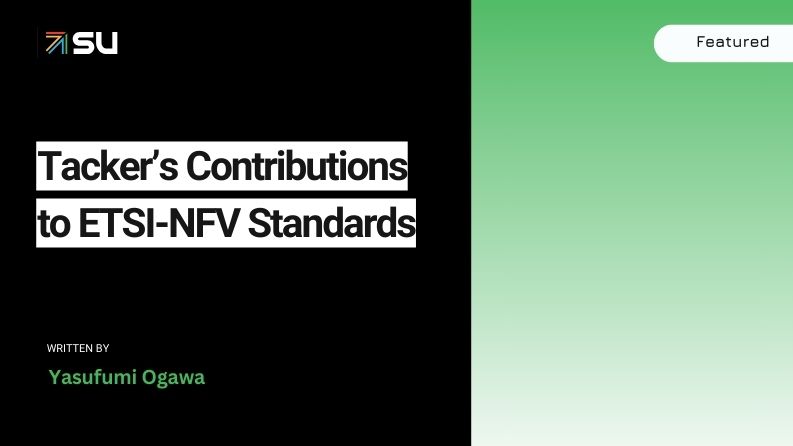Open source software and software development methods have become crucial building blocks in the industry. The APIs and interfaces created in an open environment are often the de facto standards as they get picked up and used by everyone from small start-ups to giant multinationals to reduce cost and increase innovation. At the same time, the demand for standardization is still necessary to ensure the compatibility and interoperability that are crucial to fields like telecommunications.
The advantages of combining the two are obvious, but we’re still in the early stages of strengthening these ties and working more closely together.
As luck would have it, Denver recently hosted both the OpenStack PTG and the ETSI NFV plenary, so we organized a joint workshop to explore more collaboration. Representatives from both groups were interested in gaining better understanding of the processes and activities of each organization and also delved into technical discussions on topics of common interest.
Mind the gap
ETSI NFV has two specifications (IFA005 and IFA006) that describe the functional requirements of the API of the Virtual Infrastructure Management (VIM) component of the ETSI NFV architectural framework. Because OpenStack is considered the de facto open source VIM alternative, ETSI NFV performed gap analysis research (TST003 or STF530) to find the differences between the specifications and the APIs of the OpenStack Ocata release.
This investigation identified several gaps between the functionality defined by the IFA documents and what’s provided by the OpenStack projects marked with the ‘tc:approved-release’ tag. While the gap analysis also validated the IFA specs, during the workshop we discussed the OpenStack-related missing requirements with developers from the community.
It’s a starting point for further collaboration between the two groups. During the meeting, we discovered that the language of these requirements does not always translate directly into the development arena. A further to-do item is to create user stories for these gaps, offering vital context to ensure that the best solutions are identified for implementation.
ETSI plugtests
The ETSI Centre for Testing and Interoperability (CTI) regularly organizes an NFV Plugtest to test the interoperability of the different components implementing the ETSI NFV specifications using open-source based and commercial products. ETSI CTI is providing a neutral and coordinated environment for collaborative testing including the development of the test plan as an open and continuous process during the preparation phase. Registration is open for the second Plugtest where OpenStack is one of the supporting open-source organizations.
Testing activities
The importance of testing is present in standardization bodies as well; ETSI NFV has a dedicated team, called TST, formed to support the testing of the different NFV functional blocks, analyze the differences between NFV specifications and different open source software and investigate the effects of different phenomenons, like DevOps to the ETSI NFV architecture. The representatives of this team also attended the joint workshop in Denver.
There are several areas for collaboration, the groups are currently discussing interoperability testing and considering to look into resiliency and robustness testing as well in the future. The relevant TST documentations that describe the areas in common interest are: TST004 – Path implementation testing, TST005 – VNF Snapshot report, TST007 – Guidelines for interoperability, TST003 – Open source components.
Glare
Glare is a new project intending to provide a generic artifact repository implementation. As presented by the PTL, Mikhail Fedosin, this functionality can be valuable as a VNF artifact repository component of the NFV Orchestrator (NFVO) in the ETSI NFV architectural framework. To investigate the implementation possibilities the project team will work together members from ETSI NFV to clarify the functionalities and technical details onwards.
Get involved
We spent such a busy and successful afternoon together that we forgot to take any breaks in order to finish the ambitious agenda. Gergely Csatari, who is driving ETSI NFV efforts, is also involved in several OpenStack projects including OpenStack Manuals and Training Guides. He’ll be working with developers in the community to finalize the gap analysis and moving items into the implementation phase where needed.
This collaboration will continue in the tools and communication channels of the two organizations as an open activity. The best way to get involved: follow the discussions on the OpenStack Developer mailing list and the IRC channels of related projects. You can also reach out to Gergely Csatari (email: [email protected], IRC: csatari) or Ildiko Vancsa (email: [email protected], IRC: ildikov) for more information.
// CC BY
- Cloud Platform Monitoring, Digital Twins and a Real-time Context Broker - August 2, 2023
- StarlingX is 5 Years Old, and more from the OpenInfra Summit - July 11, 2023
- StarlingX is Turning 5! - June 13, 2023

)










